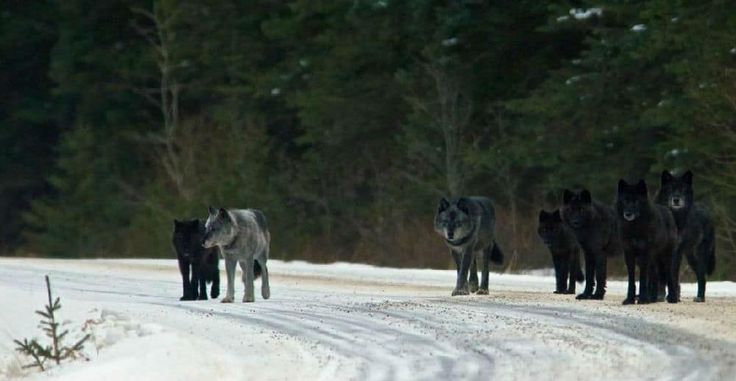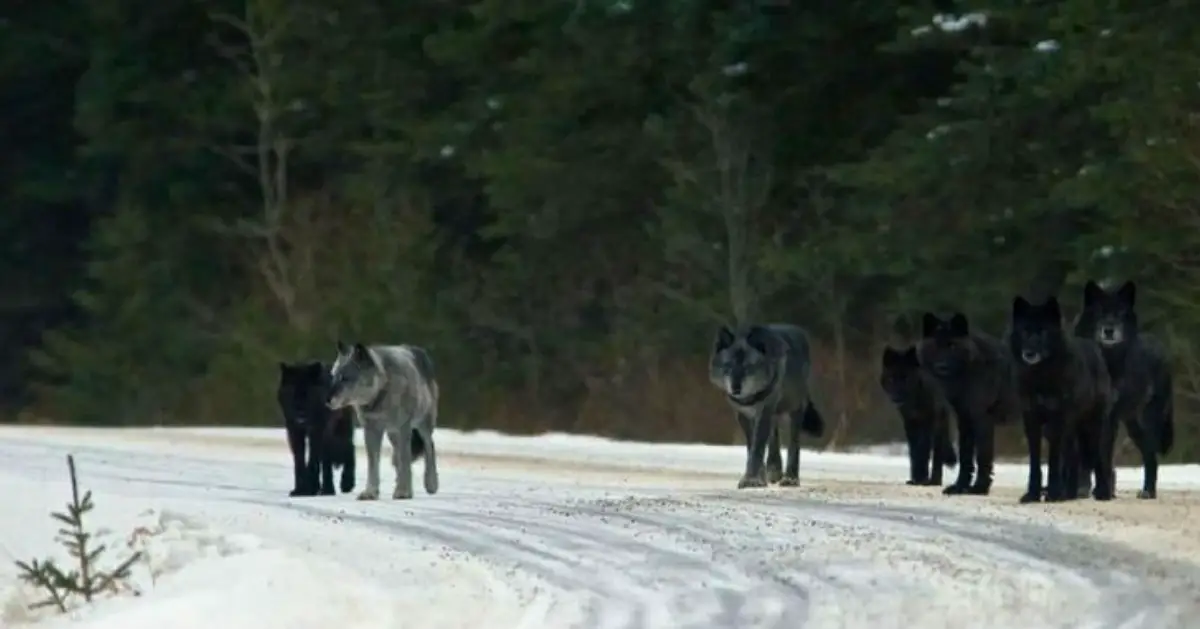In the early days of 1995, a collaborative effort between the US Fish and Wildlife Service and a team of Canadian biologists gave rise to an exceptional endeavor. Encompassing this remarkable initiative, 14 Canadian wolves were translocated to Yellowstone National Park, an area where they had been absent since 1926.

The repercussions were of an astonishing magnitude, surpassing even the most audacious predictions. The very fabric of the park’s ecosystem underwent a profound transformation—so much so that even the course of the rivers was altered. How did this unfold? Explore the provided footage and be captivated by the sheer wonder of our environment. Its intricate interplay is both captivating and splendid. Moreover, the environment exerts an undeniable influence on us, as well. Regrettably, there remain individuals who are indifferent to the incredible creatures and intricate ecosystems that grace our cherished planet.
“Yellowstone has experienced unforeseen advantages due to the reintroduction of wolves, particularly the intricate web of biological interplay within the park,” University of Alberta ecologist Mark Boyce said. “In the course of events, 14 wolves were reintroduced from Alberta in 1995, followed by an additional 17 Canadian wolves in 1996.”
Over the span of five years, these initial 31 individuals proliferated into multiple and widespread wolfpacks.
Their impact on the elk population resulted in an ecological phenomenon termed a trophic cascade—a domino effect of reduced predation (in this instance, elk consuming vegetation) that triggers a sequence of changes affecting other species within an interconnected food chain.

Yellowstone’s case saw a resurgence of specific woody plants such as willow and cottonwood, attributed to the decreased elk numbers, and possibly a lessening of competition from elk led to bison revival.
In its entirety, this illustrates a trophic cascade, a concept Boyce identifies as “one of the most significant advancements in conservation biology in this century.”
A beloved YouTube video, with nearly 40 million views, conveys the same narrative, although it has faced criticism for simplifying intricate ecosystem interactions. Nonetheless, it remains a truly uplifting watch!

